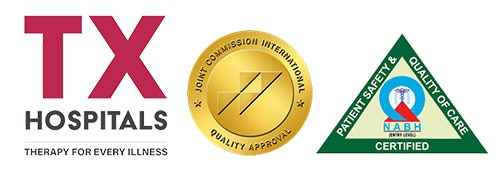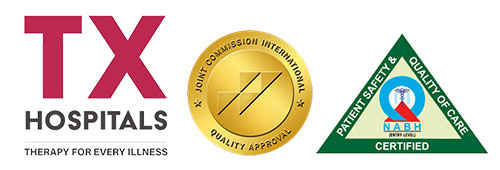Laparoscopy Procedures
Laparoscopy is a minimally invasive surgical procedure that is commonly used in the field of surgical gastroenterology. It involves the use of a laparoscope, which is a thin, flexible tube with a camera and light at the end, to view the inside of the abdomen or pelvis. The laparoscope is inserted through a small incision in the abdominal wall, allowing the surgeon to view the internal organs on a monitor. Laparoscopy has many advantages over traditional open surgery, including less pain, smaller scars, faster recovery, and shorter hospital stays.
Indications for Laparoscopy:
Laparoscopy can be used for both diagnostic and therapeutic purposes in surgical gastroenterology. Some common indications for laparoscopy include:
- Gallbladder disease: Laparoscopic cholecystectomy is a common procedure used to remove the gallbladder in patients with gallstones or other gallbladder diseases.
- Hernia repair: Laparoscopic hernia repair is a minimally invasive technique used to repair inguinal, umbilical, or ventral hernias.
- Appendicitis: Laparoscopic appendectomy is a minimally invasive alternative to traditional open appendectomy for the treatment of appendicitis.
- Gastroesophageal reflux disease (GERD): Laparoscopic Nissen fundoplication is a surgical procedure used to treat GERD by reinforcing the lower esophageal sphincter.
- Colorectal cancer: Laparoscopic colectomy is a minimally invasive procedure used to remove the colon in patients with colorectal cancer.
Procedure Details:
The laparoscopic procedure involves several steps:
- Anesthesia: General anesthesia is usually administered to the patient before the procedure.
- Incision: One or more small incisions are made in the abdominal wall to allow access for the laparoscope and other instruments.
- Carbon dioxide insufflation: Carbon dioxide gas is used to inflate the abdomen, creating more space for the surgeon to work.
- Laparoscope insertion: The laparoscope is inserted through one of the incisions and the surgeon views the internal organs on a monitor.
- Instrument insertion: Other surgical instruments, such as scissors, graspers, or staplers, are inserted through the other incisions to perform the necessary surgical maneuvers.
- Completion: After the procedure is complete, the instruments are removed, and the carbon dioxide gas is released. The incisions are then closed with sutures or staples.
Recovery and Follow-Up:
Patients typically experience less pain and have a faster recovery time with laparoscopic surgery compared to traditional open surgery. Most patients are able to return to normal activities within a few weeks. However, patients may experience some discomfort and should follow their surgeon’s instructions for postoperative care, including pain management and activity restrictions.
Follow-up appointments with the surgeon are important to monitor the patient’s progress and ensure that the surgical site is healing properly. Patients should also notify their surgeon if they experience any complications, such as fever, increased pain, or drainage from the incision site.
Conclusion:
Laparoscopy is a safe and effective surgical technique that is commonly used in surgical gastroenterology. It offers many advantages over traditional open surgery, including less pain, smaller scars, faster recovery, and shorter hospital stays. Laparoscopy can be used for both diagnostic and therapeutic purposes and is indicated for a variety of conditions, including gallbladder disease, hernia repair, appendicitis, GERD, and colorectal cancer.







